The First Flushes- Darjeeling and Nepali
A tea is just a tea until you walk into a tea shop and they start telling you about things you’d never associate with a brew. Like what even is a flush and why are they ranking them into first and second? There is no need to panic. When someone starts talking about flushes, it is basically an invitation to the world of premium and high quality teas.
But before we go deeper into the quality of teas, let’s talk about different types of teas. To begin with, teas are frequently categorized by type, such as black, green, or white. Secondly, the country of origin of a lot of teas—China, Ceylon, India, Bangladesh, etc.—defines them. Even if you’re a beginner in the tea world, you’ve probably heard of Darjeeling tea from India because they are that famous. Recently matcha tea from Japan has taken over almost every trend you can think of. Some regions make the tea popular and some tea make the regions popular.
From regions, you take a leap towards the highest quality teas and that’s where the flushes come in. Here in this blog, we will specifically explore the first flushes from Darjeeling and Nepal. So let’s start with the regions themselves and how they’re similar.

Similarities between Darjeeling and Nepal's Terroir
Darjeeling and Eastern Nepal share a lot in terms of terroir, which makes sense considering their geographical proximity. Both regions lie in the foothills of the Himalayas, experiencing a cool and misty climate, promoting slow growth in tea plants and leading to a finer quality tea with a delicate aroma. Additionally, they boast high altitudes ranging from around 1,700 meters to 2,500 meters, contributing to the characteristic astringency and bright flavor of the teas. The soil composition in both regions is predominantly well-drained, fertile, and slightly acidic, aiding the absorption of essential nutrients by the tea plants and resulting in a distinctive flavor profile. Furthermore, ample rainfall in both areas is crucial for tea cultivation, influencing harvest seasons and the character of the final tea.
Differences in Darjeeling and Nepal's Terroir
All these commonalities notwithstanding, there is a nuanced distinction that can change the flavors of the teas. Darjeeling being the topography of valleys and slopes, the microclimates vary, giving a wide range of flavors with the temperature, humidity, and sunlight variations, this is what makes the varieties of Darjeeling tea so unique. In addition, for Darjeeling tea, the China bush is the most commonly planted bush. Darjeeling is home to a diverse range of ecologies and civilizations. The region's precipitous rise from West Bengal's plains into the Himalayas provides the perfect environment for tea to flourish. Tea bushes receive tremendous bursts of rainfall followed by harsh, unfiltered sunlight when rain clouds full with water from the Bay of Bengal crash into the highlands. The name 'Darjeeling' actually came from the Tibetan words,'dorje' meaning thunderbolt and 'ling' a place or land, hence 'the land of the thunderbolt'. The place is literally an ode to its thunderous and powerful rain.
In contrast to Darjeeling's focus on specific cultivars, Nepal boasts a wider diversity of tea bush varieties employed in cultivation including the Assam hybrid, known for its robust body, and the China bush variety, prized for its delicate character. Along with that Eastern Nepal benefits from a unique climatic confluence, ideally suited for tea growth. Situated at the foothills of the Himalayas, notably in proximity to Mount Kanchenjunga, the third-highest mountain on Earth, these regions experience a blend of climatic factors conducive to tea production. The region- Ilam and Panchthar specifically, shares some similarities with Darjeeling. They’re both exposed to the Indian monsoon wind patterns. However, there are nuanced yet crucial variations to consider. Differences in elevation, proximity to the Bay of Bengal, and the presence of the Himalayan foothills, including the colossal form of Kanchenjunga bring about subtle changes to the first flushes. As rainclouds from Bay of Bengal reach the Eastern Nepali region, the cool mountain air aids in the distribution of precipitation across the Eastern landscape.
The region encompassing the Siwalik Hills, Ilam, and Darjeeling indeed constitutes a hilly area with elevations ranging from approximately 900 meters to 2000 meters. This area extends from the Siwalik hills to the Mahabharat terrain and spans from Assam to the Karakoram range. Nepali tea, renowned for its unique flavors, benefits from the diverse geological structures of the region, particularly the presence of calcareous mother rock under its soil bed. This geological feature influences the soil composition, making it acidic, which is favorable for tea cultivation. Additionally, the Sandakphu range, located to the east, plays a significant role in influencing precipitation patterns in the region. These geographical and geological factors contribute to the distinctive quality and flavor of Nepali tea.
First Flush from Darjeeling and Nepal

With these subtle nuances of both Darjeeling and Eastern Nepal understood, let’s now explore their tea, specifically first flush tea from both the regions. The very first harvest of tea leaves in the spring, after the winter dormancy, offering the freshest and youngest leaves of the year is called the first flush.
Extremely rare, the first flush teas are delicate, packed with flavor and are widely sought among the tea connoisseur committee. Due to the short and extremely critical picking window, first flush teas are a seasonal treat and often command higher prices. They produce a lighter yet brighter cup of tea.
Darjeeling and Nepali first flush teas, thanks to their unique yet kindred microclimates, hold a significant position in the world of tea connoisseurship. Every year the tea world holds its breath to discover just what the tea makers discovered and innovated during the months of March. Typically harvested in the spring just as the winter weather starts to warm, the first flush represents the initial picking of the season when the tea leaves are at their freshest.
This results in teas with floral, fruity, and sometimes grassy undertones, imparting a light and refreshing taste experience.Moreover, the limited availability of first flush teas adds to their unlimited allure. Additionally, the cultural and economic significance of first flush teas cannot be overstated. Tea production serves as a vital industry in regions like Darjeeling, India, and Nepal. The success of first flush teas contributes significantly to the economies of these areas and plays an integral role in the cultural heritage of tea-growing communities.
Darjeeling tea production, in particular, is characterized by larger estates that utilize more standardized methods. This emphasis on standardization, while ensuring a consistent product, can stifle creativity among producers. So, Darjeeling teas’ uniformity in flavor profile can be a double-edged sword, offering a reliable tea experience but at the same time potentially sacrificing some of the unique variations that arise from more flexible production methods.
While the younger Nepali tea production world thrives on a community-driven approach with farms much smaller in size compared to their Indian counterparts. Independent producers are freer to experiment with various methods, fostering a wider variety of flavors and styles in the final product. Unlike Darjeeling's emphasis on consistency, Nepal prioritizes producer creativity, resulting in unique and innovative teas that reflect the distinct character of each region every year.
Qualities of First Flush teas from Darjeeling and Nepal
With that out of the way, first flush teas from Darjeeling have been celebrated for their delicate and nuanced flavors for ages. They are known for their floral and muscatel notes. People celebrate its crisp and refreshing taste. These teas have a subtle sweetness and a lively mouthfeel to them.
In contrast, first flush teas from Nepal exhibit a broad range of flavors. Nepali first flush showcase a vibrant combination of floral, fruity, and vegetal notes. Depending on where the tea leaves are plucked from in Eastern Nepal, the first flush can have a range of flavors. Floral aroma mirroring the Himalayan wildflowers or tanginess from fruity berries. Nepali first flush teas are renowned for their bold and robust character, reflecting the diverse terroir of the Nepali landscape, while boasting a bright and uplifting taste characteristic of all Nepali black teas, with first flush offerings being particularly vibrant.
Read our co-founder Amigo's first-time experience with Nepali first flush plucking season.
If the blog has intrigued you about Nepal’s first flush tea, then do check out Nepal Tea Collective’s first flush collection.




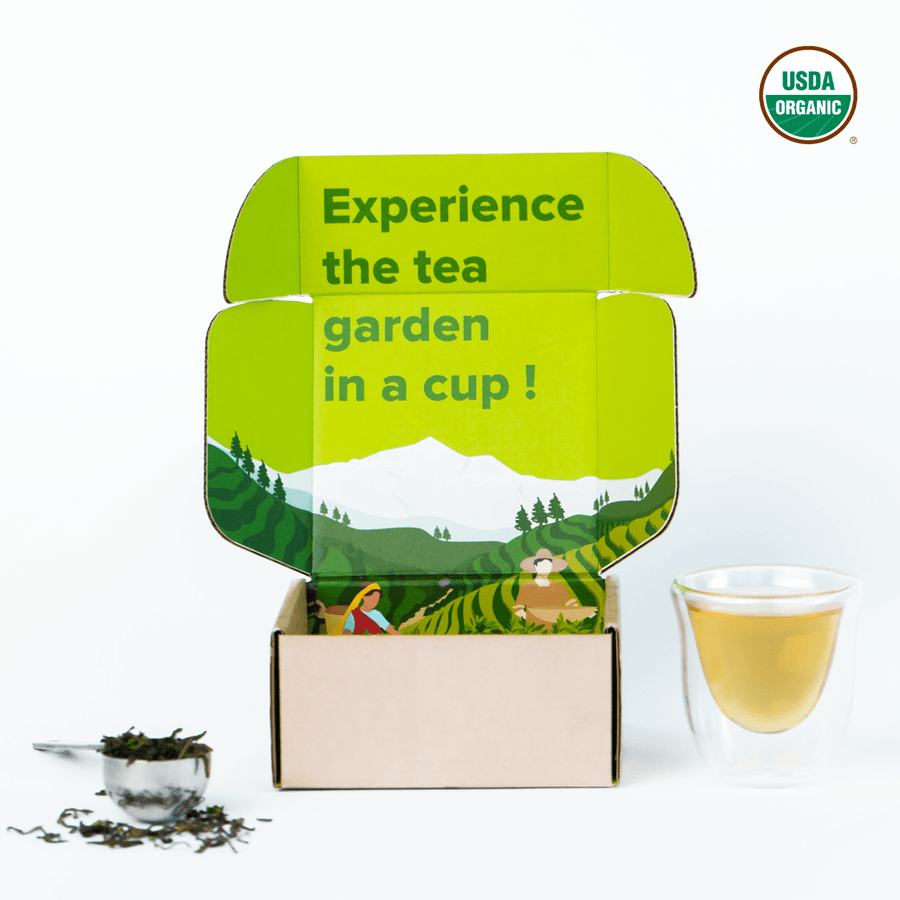

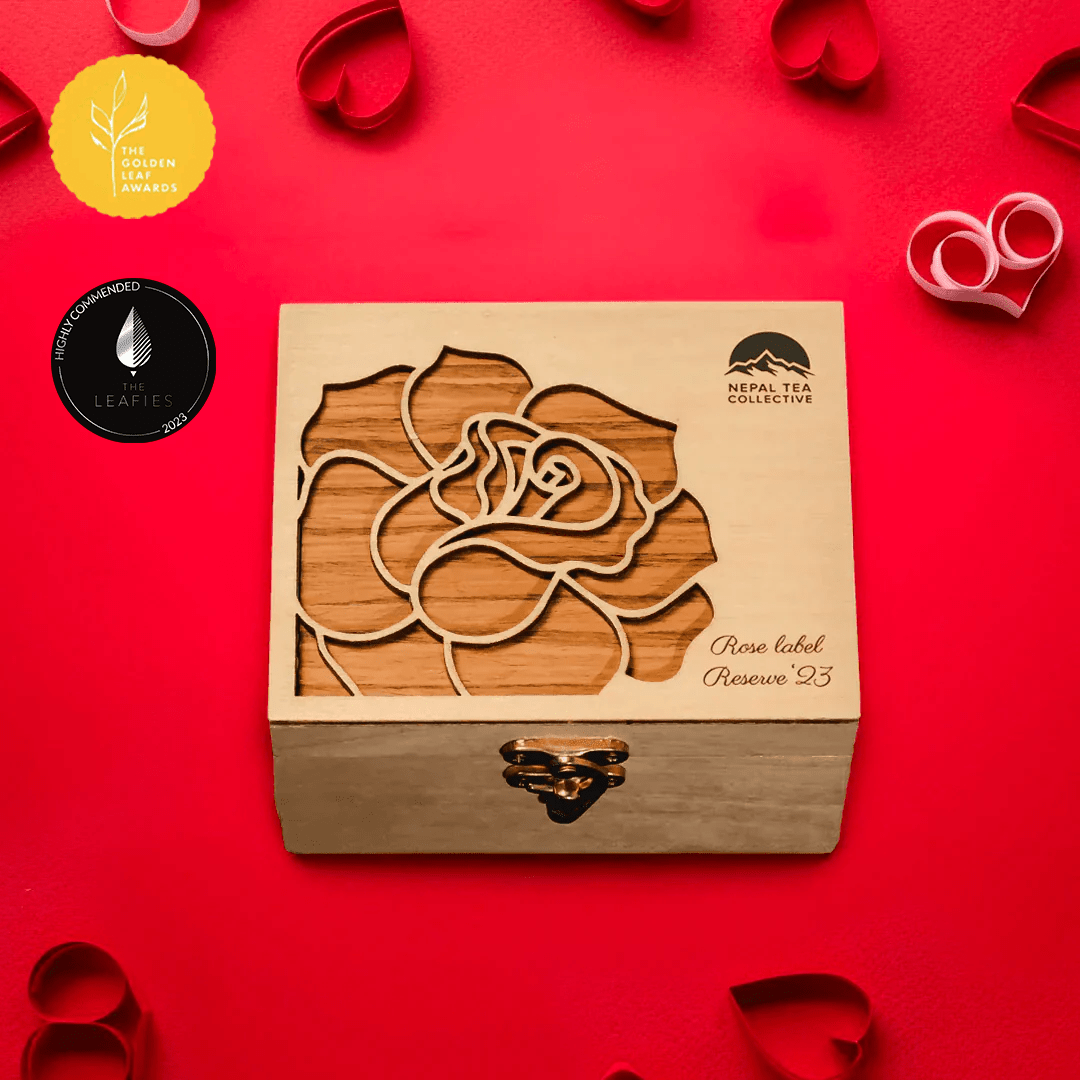

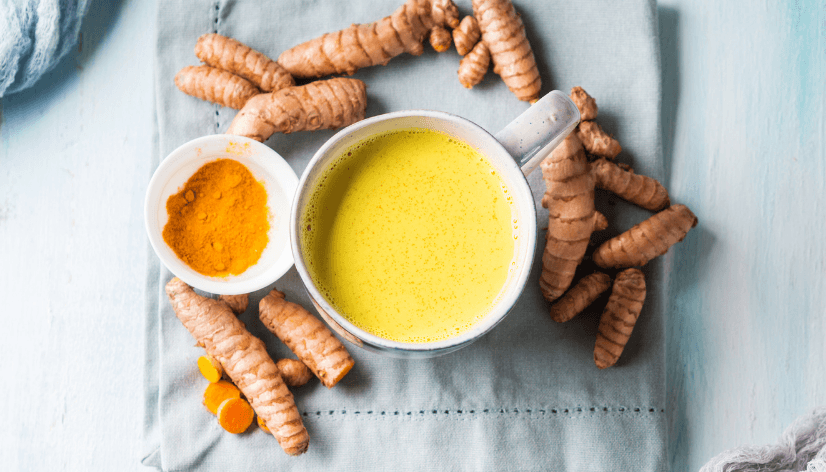

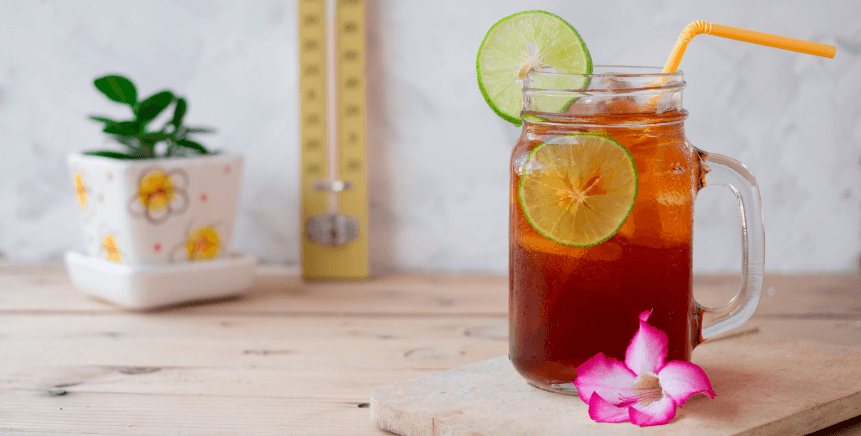



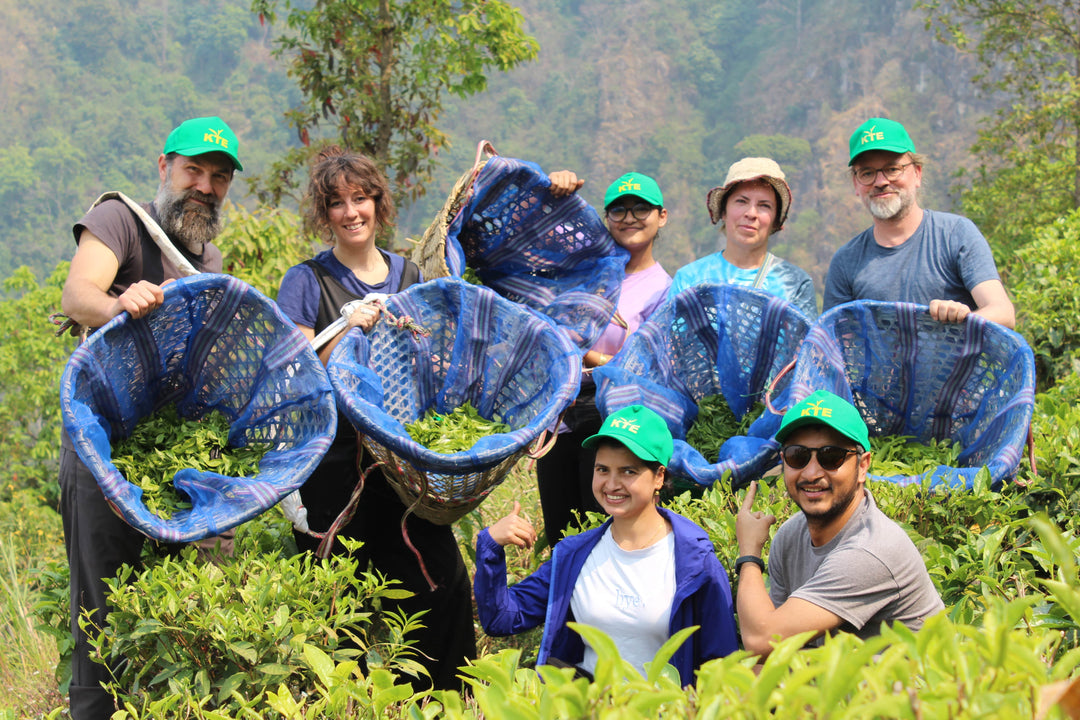
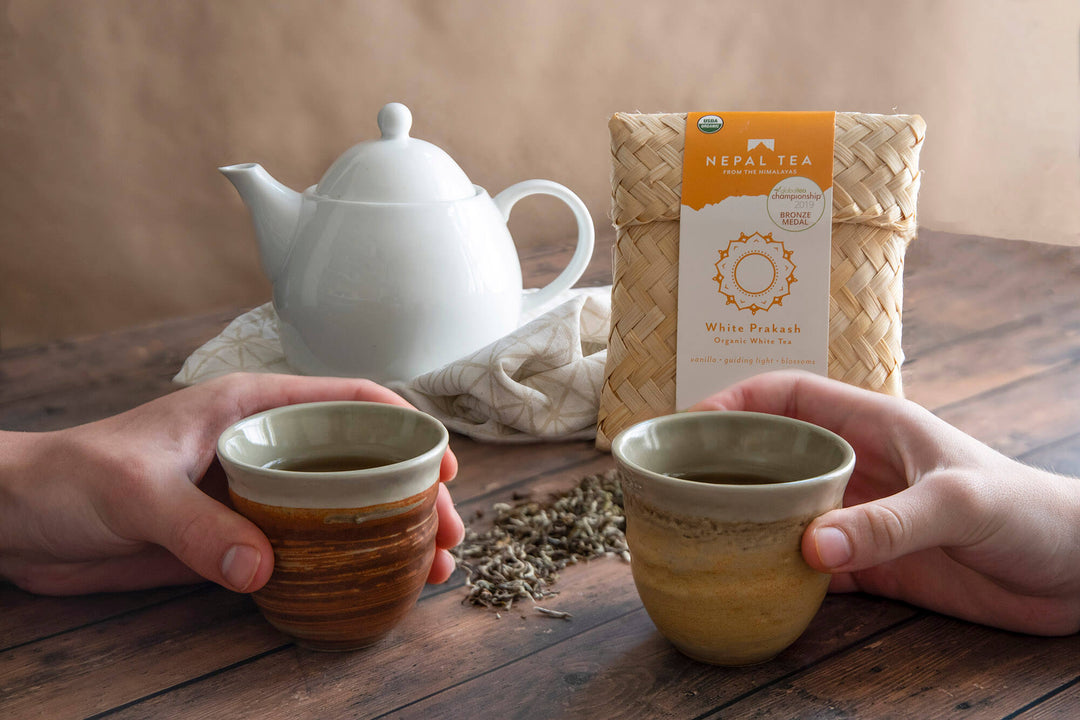
Leave a comment